The POCO F3 delivers high-end hardware for just $400, making it a brilliant mid-range phone.
The POCO F1 launched nearly three years ago, but it continues to be one of the best cheap Android phones. Xiaomi doesn't usually sell phones beyond a 15-month window — the brand is all about flooding the market with new releases — but in a testament to the F1's success, the phone is still available in India for ₹17,999 ($240).
POCO launched a lot of devices last year, but it wasn't able to recreate the winning formula of the F1. The POCO X2 series was aimed at the budget segment, and while the POCO F2 Pro delivered top-tier hardware, it was too costly to be a true follow-up to the F1. It's telling that Xiaomi didn't bother launching the F2 Pro in India last year.
In 2021, POCO is doubling down on the value segment. The POCO X3 Pro delivered the ideal balance between performance and value, and now the POCO F3 is aiming to take the mantle of the POCO F1. The phone is a rebranded Redmi K40 that will be going up for sale in global markets, and it is launching in India as the Xiaomi Mi 11X. There is a lot to like here; the F3 has a 120Hz AMOLED screen, Snapdragon 870, 48MP camera at the back, and a 4520mAh battery with 33W charging.
Available for the equivalent of $400, the POCO F3 offers a great overall value. With the phone now on sale in the UK, China, and India, let's take a look at what you're getting in terms of hardware, and whether you should pick it up over the likes of the Galaxy A52.
POCO F3
Bottom line: The POCO F3 delivers top-notch hardware along with a sublime 120Hz AMOLED display, reliable cameras, and all-day battery life with fast charging. The phone misses out in a few areas, but for what you're ultimately paying here, you are getting a great value.
The Good
- Sublime 120Hz AMOLED panel
- Outstanding performance
- Stereo sound
- Stellar value
The Bad
- Cameras not as good as rivals
- No microSD / 3.5mm jack
- No water resistance
- No 4K video at 60fps
₹29,999 at Xiaomi India £329 at Xiaomi UK
POCO F3: Price and availability
Xiaomi sells phones under three labels: Redmi, POCO, and Mi. The POCO F3 has the distinction of being available under all three labels. The phone started out as the Redmi K40 in China, made its way to the UK and European markets as the POCO F3, and has made its debut in India as the Mi 11X.
In spite of the branding, the hardware itself is identical across all three variants. The POCO F3 is on sale in the UK for £329 ($457) for the 6GB/128GB version and £349 ($485) for the 8GB/256GB model. Over in India, the Mi 11X retails at ₹29,999 ($400) for the 6GB/128GB model, and ₹31,999 ($427) for the 8GB/128GB variant.
The phone is available in black, blue, and white color options in all regions.
POCO F3: Design and display
Xiaomi is unifying its design aesthetic across product lines in 2021, with the Redmi Note 10 series sharing a similar design language as the flagship Mi 11. The POCO F3 hasn't been left out either; the phone has the same rear camera housing as the Mi 11, albeit more rectangular.
The POCO F3 looks just as elegant as the flagship Mi 11.
The Mi 11 has the two main sensors arrayed vertically, with the flash and macro lenses sitting to the right. The POCO F3, meanwhile, has the macro lens squeezed in between the primary and wide-angle modules, and that has led to an oblong housing. While the phone has a slightly smaller 6.67-inch panel (the Mi 11 is rocking a 6.81-inch screen), it is marginally wider, and that makes using it slightly unwieldy.
That said, I like the fact that the POCO F3 has a flat 1080p display. You will find subtle curves at the back where the glass meets the sides, and the design makes using the phone just that little bit easier. The POCO F3 has a glass back with a polycarbonate mid-frame, and it is protected at the front and back with Gorilla Glass 5. Oh, and there's a factory-installed screen protector, but you shouldn't use it.
The POCO F3 doesn't really break the design mold — you'll find a hole-punch cutout at the front, the power and volume buttons are on the right, there's stereo sound with identical speakers at the top and bottom, and you'll also find the IR blaster.
The SIM card tray is located to the left of the USB-C charging port, and you get a dual-width slot. Like the Mi 10T Pro last year, there's no provision to add a microSD slot, and you also lose out on the 3.5mm jack. It's not a huge omission, but POCO phones have included the extras in the past, but it doesn't look like that will be the case going forward.
Coming to the screen, the POCO F3 has a 6.67-inch FHD+ (2400 x 1080) 120Hz AMOLED display. With Xiaomi now offering a 120Hz AMOLED panel on its Redmi Note 10 series, it's a given that the brand's mid-range phone would also get the same screen tech.
Like other AMOLED panels in this category, the screen on the POCO F3 offers vibrant colors, great viewing angles, and goes up to 900 nits of brightness. It has HDR10+ and Widevine L1, and what makes the phone a particularly great option is the stereo sound. The high-quality display combined with the loud onboard speakers make the F3 a delight to use for gaming and streaming content.
The phone is set to 60Hz out of the box, so you will have to go into the settings to enable the 120Hz mode. You can also change the color balance of the panel, enable motion smoothing if you're interesting in streaming sports, and there's an AI-based HDR image enhancement that brings out better detail when viewing photos on the device.
The POCO F3 has a premium design aesthetic and offers one of the best AMOLED panels in the mid-range segment. You can't really ask for much more than that from a $400 phone.
POCO F3: Performance and battery
The POCO F3 is one of the first phones to launch with the Snapdragon 870. The chipset itself isn't new; Qualcomm is just rebranding the Snapdragon 865+ for 2021, and there isn't any difference in performance to last year's flagship chipset.
| Specs | POCO F3 |
|---|---|
| Software | MIUI 12 based on Android 11 |
| Display | 6.67-inch (2400x1080) 120Hz AMOLED |
| Chipset | 3.20GHz Snapdragon 870 |
| RAM | 6GB/8GB |
| Storage | 128GB/256GB |
| Rear Camera 1 | 48MP ƒ/1.8 (primary) |
| Rear Camera 2 | 8MP ƒ/2.2 (wide-angle) |
| Rear Camera 3 | 5MP ƒ/2.4 (macro) |
| Front Camera | 20MP ƒ/2.5 |
| Connectivity | Wi-Fi 6, BT5.1, NFC |
| Battery | 4520mAh | 33W |
| Security | Side-mounted fingerprint |
| Colors | Blue, Black, White |
| Dimensions | 163.7 x 76.4 x 7.8mm |
| Weight | 196g |
That said, the fact that the POCO F3 is available for $400 makes it a highly enticing choice if you're looking to upgrade to a gaming phone on a budget. The Snapdragon 870 has a Cortex A78 core clocked to 3.20GHz, three A78 cores at 2.42GHz, and four Cortex A55 derivatives at 1.80GHz.
This is the same chipset that's powering the OnePlus 9R, but that particular device costs ₹39,999 ($534) — ₹10,000 ($134) more than the Mi 11X, the POCO F3's Indian cousin. I didn't see any slowdowns in the two weeks I used the F3, and the phone handles high-end games without breaking a sweat. You should easily get a few years of usage without running into any lag or slowdowns.
Xiaomi had to cut a few corners to bring the F3 down to $400, and one of those areas is the fingerprint sensor. The phone has a side-mounted fingerprint sensor — much like the budget Redmi Note 10 series — in lieu of an in-screen module, and while the sensor itself works reliably, I would have liked an in-display module.
Another omission is water resistance. Xiaomi is taking this feature seriously in 2021, but it's clear that the brand still has some way to go. The budget Redmi Note 10 series offers IP53 water resistance as standard, but the feature is missing on the mid-range POCO F3. Similarly, the Mi 11 doesn't have any ingress protection, while the Mi 11 Ultra gets an IP68 rating. Xiaomi needs to standardize the feature on its phones, and it is annoying that the F3 misses out in this area while the budget Redmi series offers some level of ingress protection.
Battery life is another area where the POCO F3 doesn't quite measure up to the Redmi Note 10 series. With a 4520mAh battery and 33W fast charging, you'll still get a day's worth of use without any problems, but Xiaomi is known for delivering multi-day battery life, and that's missing here. That said, the bundled charger takes under an hour to fully charge the phone, and goes up to 65% in just 30 minutes.
POCO F3: Cameras
The POCO F3 has three cameras: a 48MP primary lens, 8MP wide-angle module, and a 5MP macro lens. If that sounds familiar, it's because the phone is using the same primary and wide-angle lenses as the POCO X3 Pro. Because the phone has identical sensors, I'm not going to spend too much time going into the details. What you need to know is that the camera interface itself is unchanged, so if you have used a Xiaomi phone in the past, you will find a lot of similarities.
Like the X3 Pro, Xiaomi doesn't offer 4K video recording at 60fps on the F3. The omission was excusable on the X3 Pro as it's aimed at the budget segment, but less so on the F3. The phone doesn't really measure up to its rivals in this particular category.
The POCO F3 takes great shots in daylight scenarios, with the resultant photos offering great dynamic range and excellent contrast levels. However, the images are on the softer side — just like the X3 Pro. As for low-light shots, you get usable photos with low noise levels, but they miss out on finer details.
The wide-angle lens holds up well in daylight conditions, but you wouldn't want to use it in artificial or low-light scenarios. Same goes for the fixed-focus macro lens; you can get good photos out of it, but you will have to put in a lot of effort.
Ultimately, the POCO F3 does not hold its own against other mid-range phones. The Galaxy A52 and Pixel 4a take much better photos, and even the Redmi Note 10 Pro Max outmatches the F3 in this particular area. In that sense, not much has changed from the POCO F1.
POCO F3: Software
The POCO F3 comes with MIUI 12.0.4 based on Android 11 out of the box, and there is a lot to like on the software side of things. MIUI 12 has plenty of new features, including a cleaner design, new animations throughout the UI, an overhauled privacy dashboard, dynamic backgrounds, floating windows, and much more.
With the switch to Android 11, Xiaomi has integrated all the new features that Google added to the OS. That said, you will have to use Xiaomi's new Control Center to access smart home controls, and I don't like the change. The feature essentially splits the notification pane into two sections — much like iOS — and if you use the default Android-style pane, you miss out on the ability to access smart home controls in the power button.
MIUI 12 has a lot of exciting features, but updates continue to be a problem.
The interface itself isn't the most straightforward, and you will have to spend some time after setting up the phone to tailor MIUI to your tastes. That said, you'll find plenty of customization options here, and Xiaomi consistently adds new features, like floating windows. Like other Xiaomi phones, the POCO F3 comes with Google's dialer and Android Messages and the default calling and texting services.
The MIUI 12 update has made its way to over 100 million phones, and Xiaomi hasn't really changed a lot of things on the POCO F3. The POCO app drawer continues to be useful in daily use — offering suggestions at the top — and you won't find any ads in the interface. The POCO flavor to MIUI includes different icons and theming options, but the rest of the features are identical to what you'll find on the Mi 11X.
Like all other Xiaomi phones, the POCO F3 will get two platform updates and quarterly security patches. With Samsung and Google offering three years of updates as standard, Xiaomi has to do the same. We're at a point where all mid-range phones have great hardware, so it is the software that is increasingly becoming the differentiator.
And in this area, Xiaomi is found to be severely lacking. Xiaomi isn't known for rolling out updates on time, and when it does deliver an Android version update, it's riddled with bugs. That has been the case with plenty of devices in the past, with the Mi 10T Pro the latest to encounter significant issues with the Android 11 update.
POCO F3: The competition
The Galaxy A52 is the mid-range phone to beat in 2021. The phone has a 90Hz AMOLED screen, is powered by the Snapdragon 720G chipset, has a decent 64MP camera at the back, all-day battery life with 25W fast charging, and IP67 dust and water resistance. Yes, the phone isn't as powerful as the POCO F3, and it doesn't really hold up for gaming. But if you don't care about gaming, you won't really notice that much of a difference in day-to-day use, and Samsung's mid-range phone will get more software updates.
There's also the OnePlus Nord to consider. The phone continues to be a standout option in the mid-range category nearly a year after its launch, and it delivers on both the hardware and software side of things. The 90Hz AMOLED is still one of the best you'll find, the Snapdragon 765G is reliable in daily use, and OxygenOS continues to set the standard for Android interfaces.
POCO F3: Should you buy it?
You should buy this if ...
You want a 120Hz display
The POCO F3 has one of the best displays you'll see in this category. The Full HD+ 120Hz AMOLED display is sublime in daily use, and you will love the changes if you're coming from a device with a 60Hz panel.
You're looking for top-tier hardware
With a Snapdragon 870 under the hood, the POCO F3 delivers standout performance in day-to-day use. The phone is ideal for playing games and streaming movies, and the hardware you're getting here should hold up just fine for several years.
You're in the market for value
Right now, there isn't another device that offers the same hardware in this category. That makes the POCO F3 a particularly great choice if you're looking to upgrade to a mid-range phone in 2021.
You should not buy this if ...
You want regular software updates
Xiaomi doesn't have the best track record for software updates, so you will have to wait a while to get security patches and Android updates. If you're okay with that trade-off, the POCO F3 is a great option.
You want a great camera
The POCO F3 shares the same cameras as the budget-focused X3 Pro, and it doesn't quite measure up to the Pixel 4a, Galaxy A52, or other mid-range phones. The cameras are strictly average here, so if you want a phone that takes great photos in all lighting conditions, look elsewhere.
You need the extras
The POCO F3 misses out on water resistance and wireless charging, and you don't get a microSD slot or 3.5mm jack either.
The POCO F3 is an important phone for Xiaomi because it allows the phone to go up against the likes of the OnePlus Nord and the Galaxy A52. Xiaomi already dominates the budget segment with the Redmi Note 10 and Redmi Note 10 Pro, and it has increasingly turned its attention to the mid-range segment. Last year's Mi 10T and Mi 10T Pro showed that Xiaomi can hold its own in this particular category, and the POCO F3 is a continuation of these efforts.
The phone itself has plenty to offer; the 120Hz AMOLED screen is one of the best you'll find on a mid-range phone, the Snapdragon 870 ensures the phone will hold its own for several years to come on the hardware front, and you get decent cameras, all-day battery life, and fast charging. Where Xiaomi needs to do better is the software; the brand has a chequered history in terms of updates, and it continues to make the same mistakes over and over again.
That said, the POCO F3 offers one of the best values you will find in 2021. The level of hardware you're getting here is incredible, and if you're willing to look past some of the omissions, you will find plenty to like in the POCO F3. The phone is now available in India as the Xiaomi Mi 11X for ₹29,999 ($400), and it's on sale in the UK for £329 ($457).
POCO F3
Bottom line: The POCO F3 is one of the best mid-range phones of 2021. The phone has a 120Hz AMOLED panel, the Snapdragon 870 chipset delivers standout performance, and you get stereo sound, decent cameras, all-day battery life with fast charging. For what you're paying here, you are getting a great value.
from Android Central - Android Forums, News, Reviews, Help and Android Wallpapers https://ift.tt/3tUyQ0d
via IFTTT

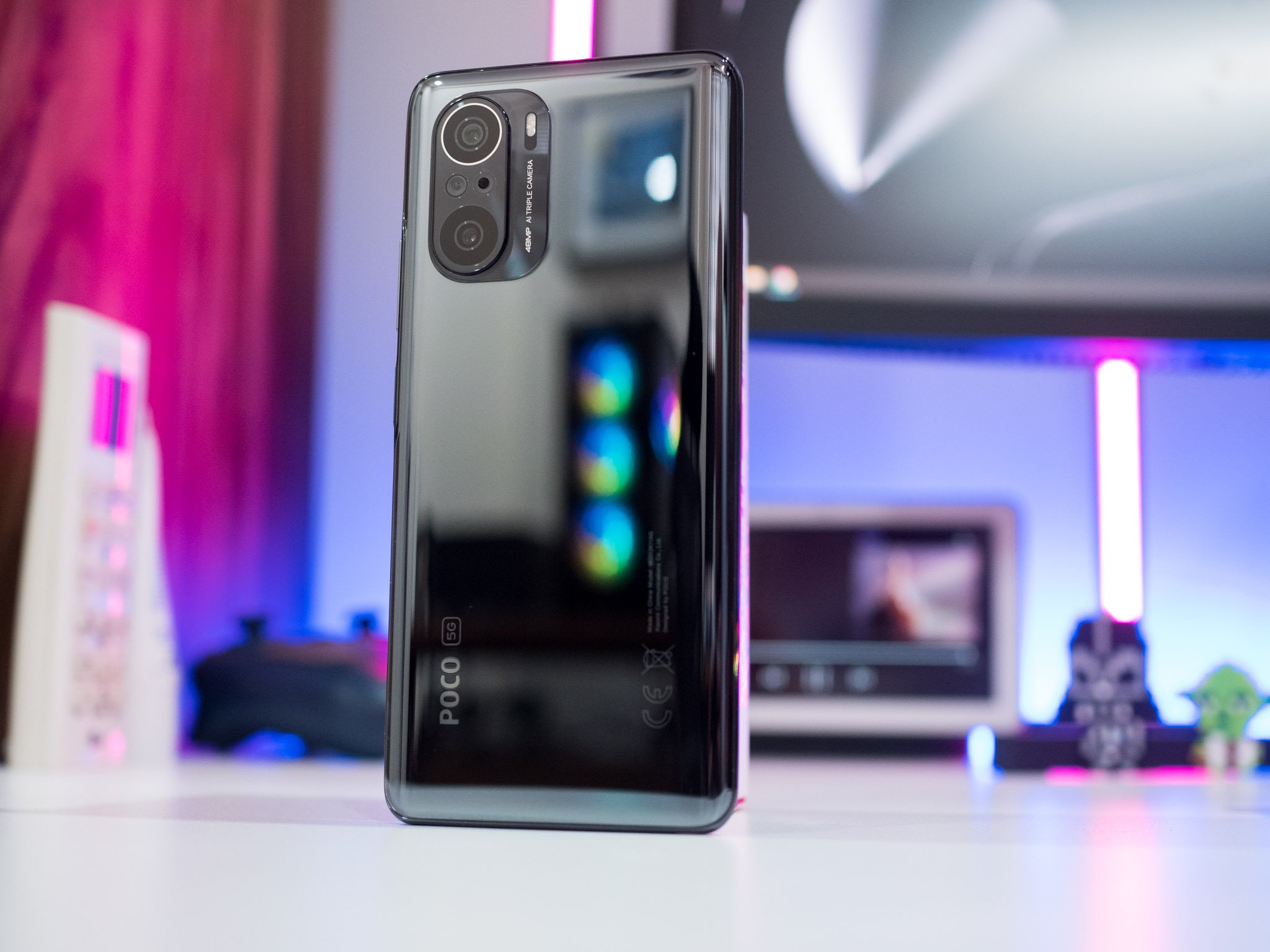
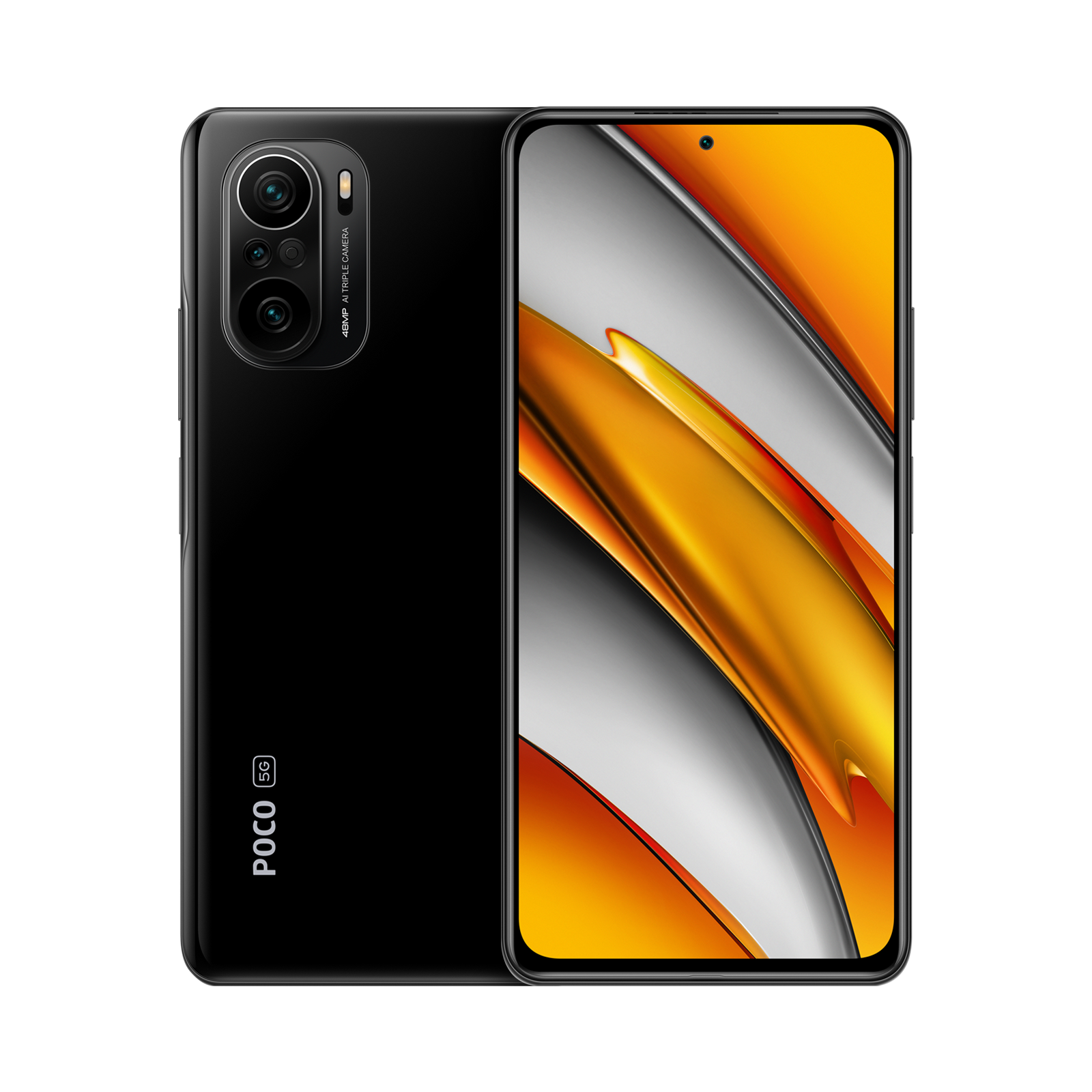
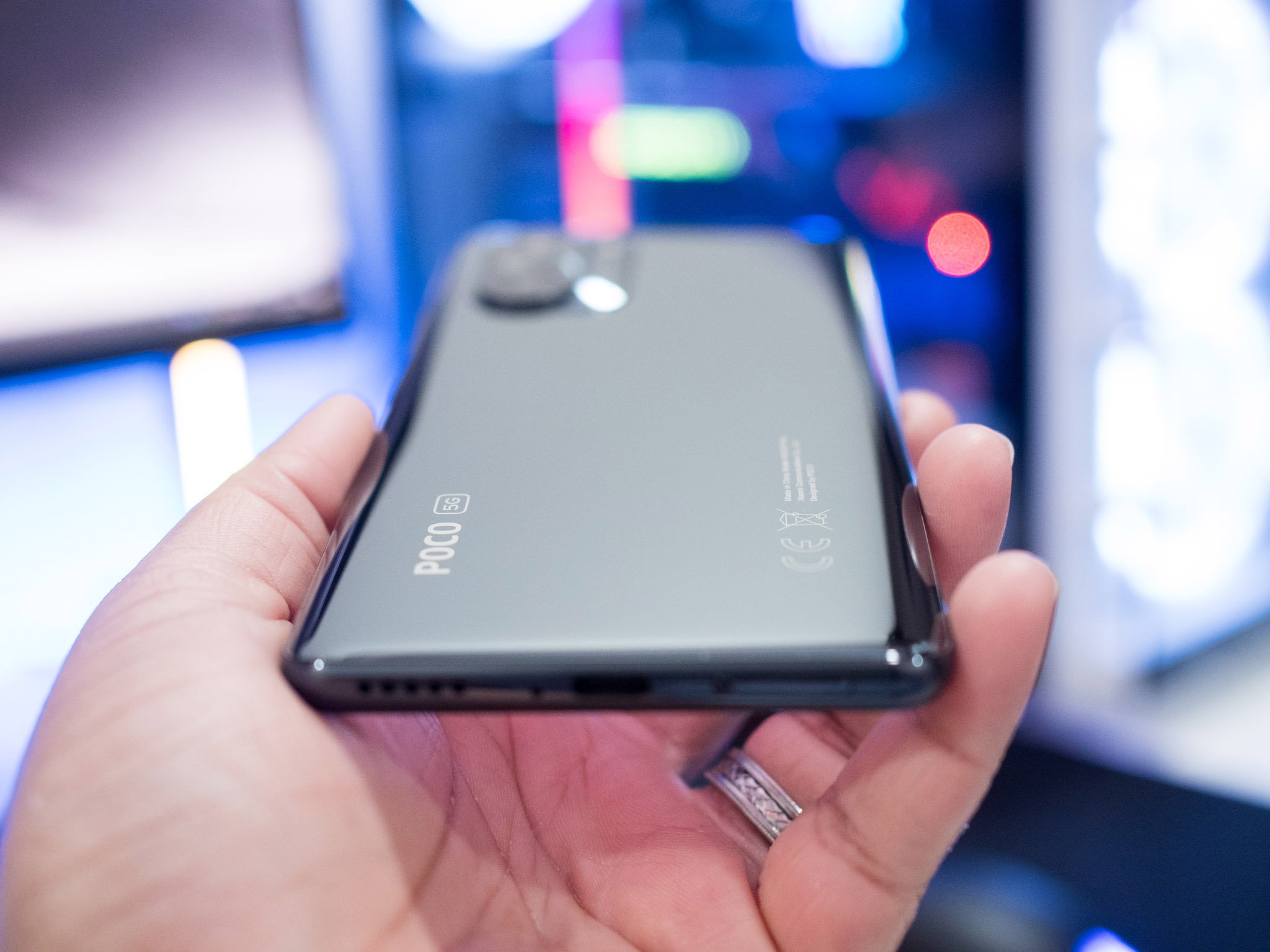
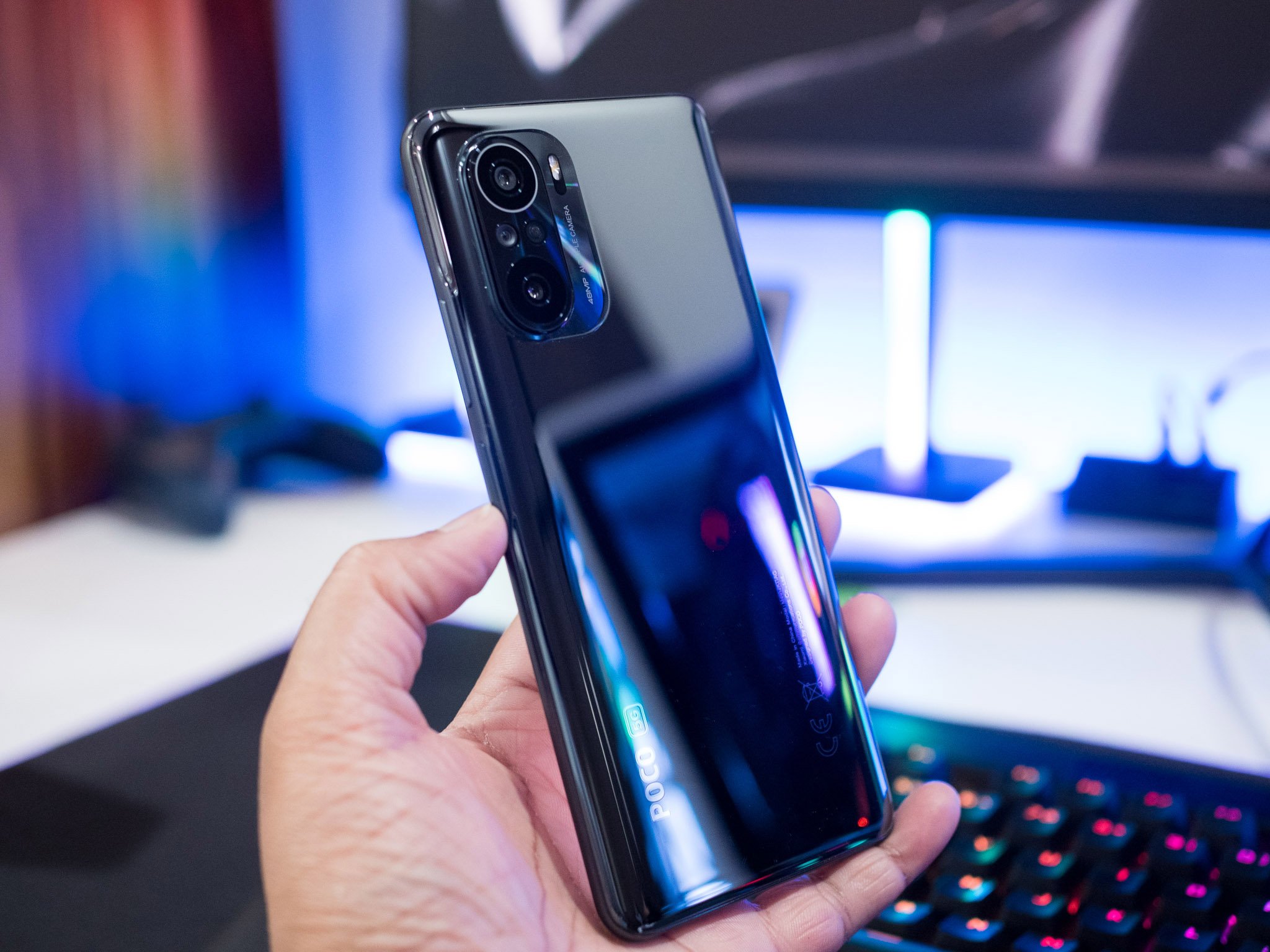
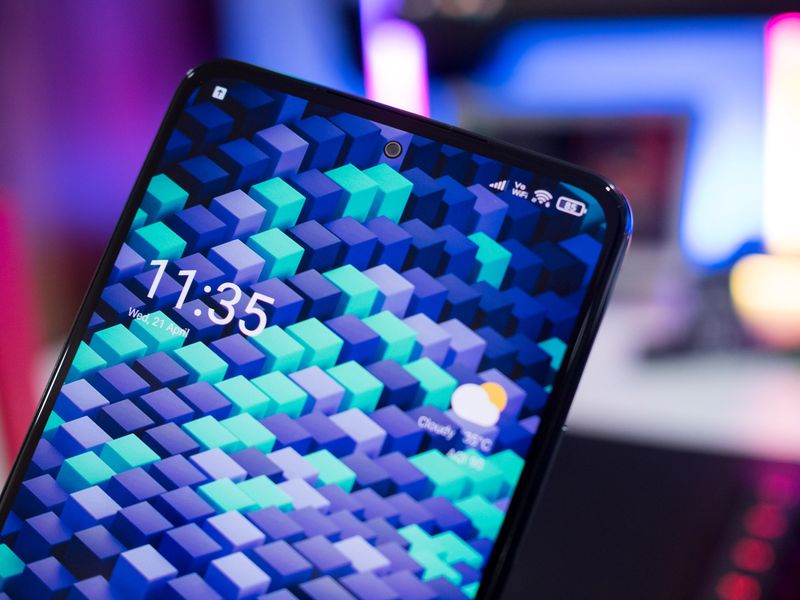
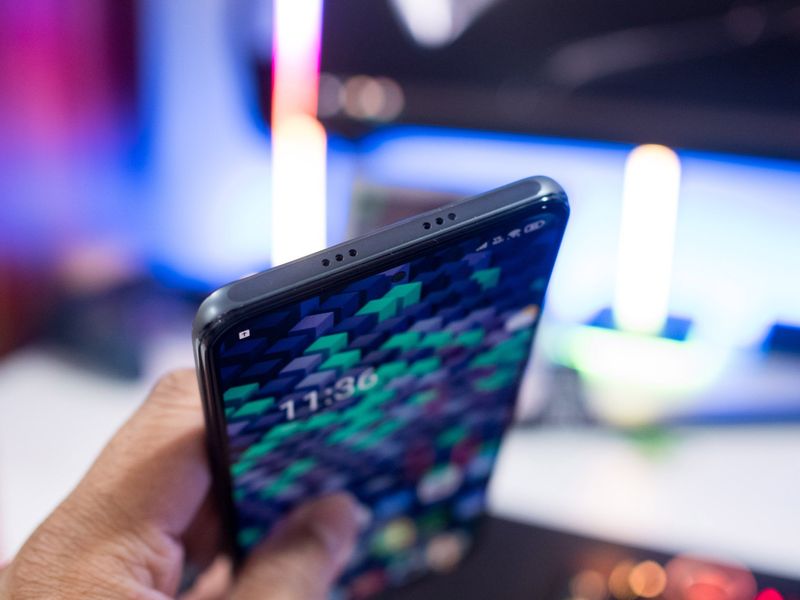
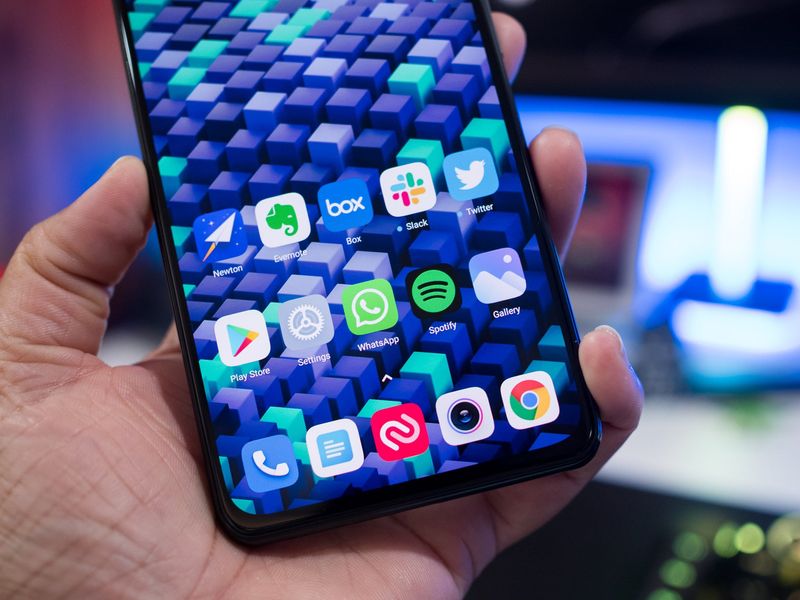
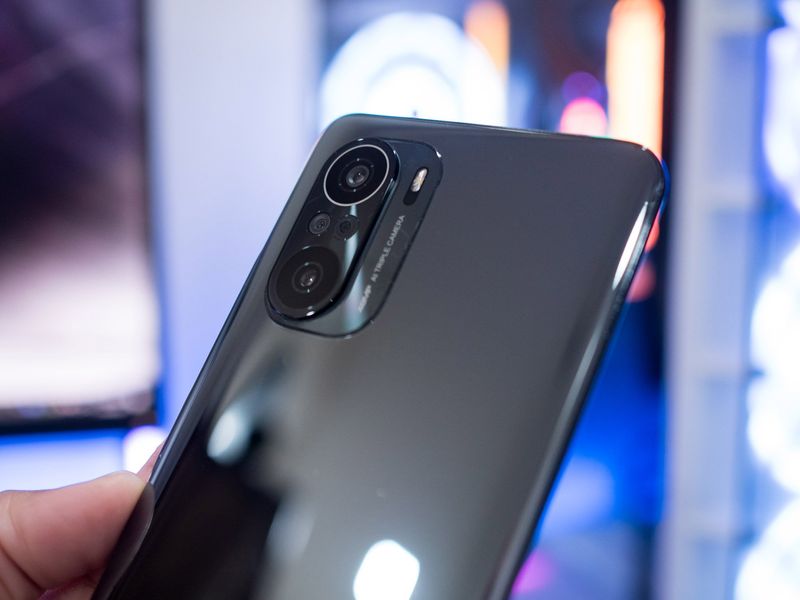
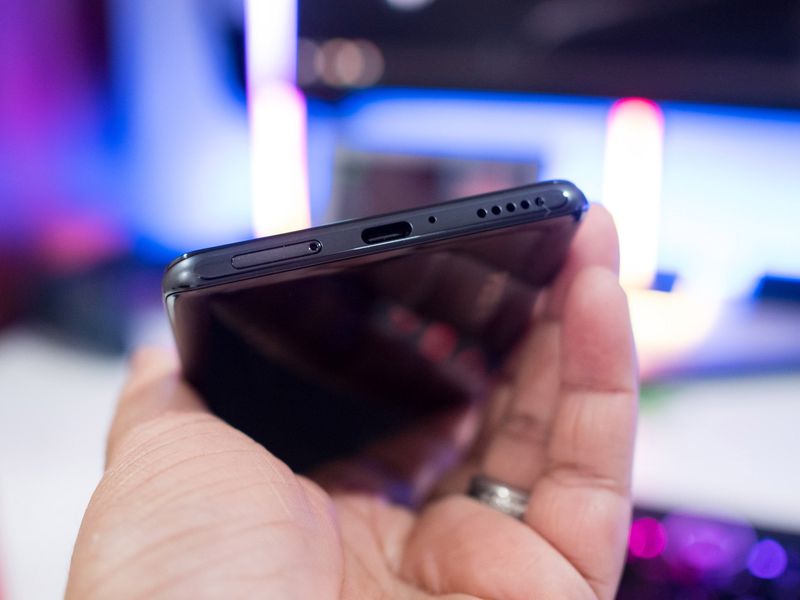
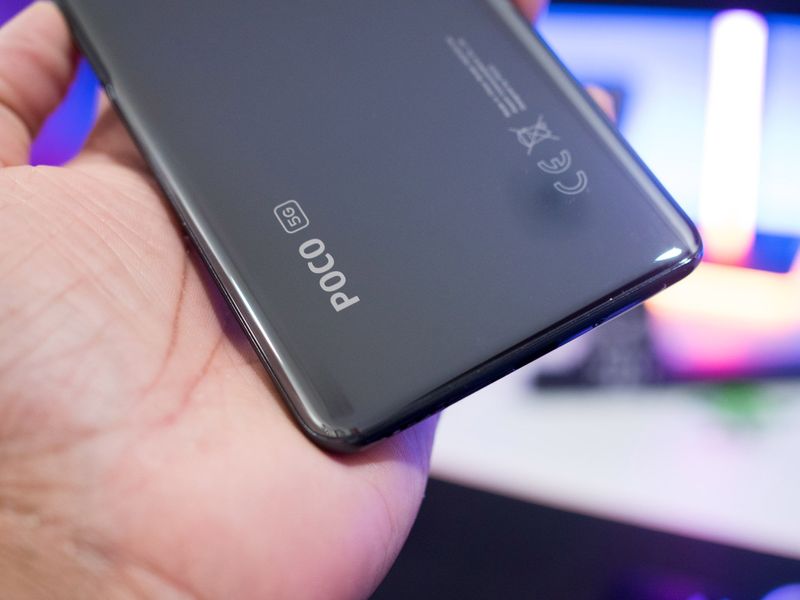
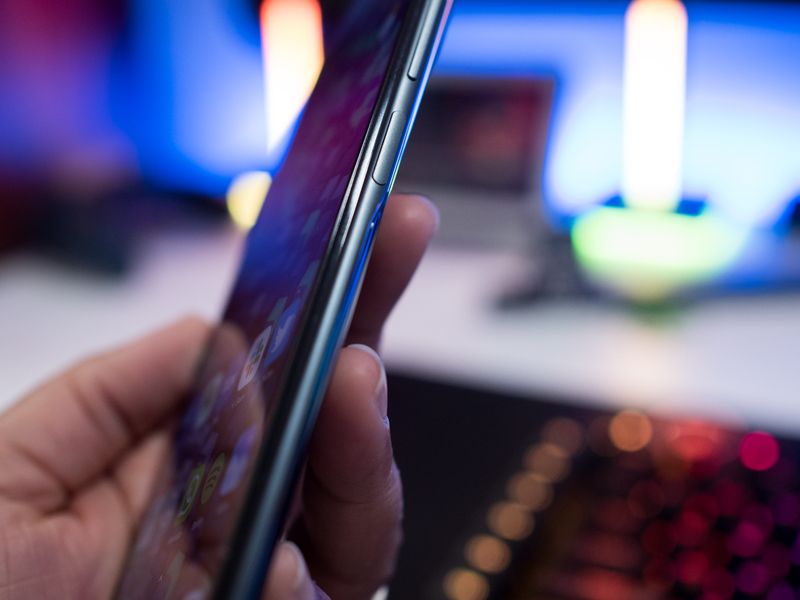
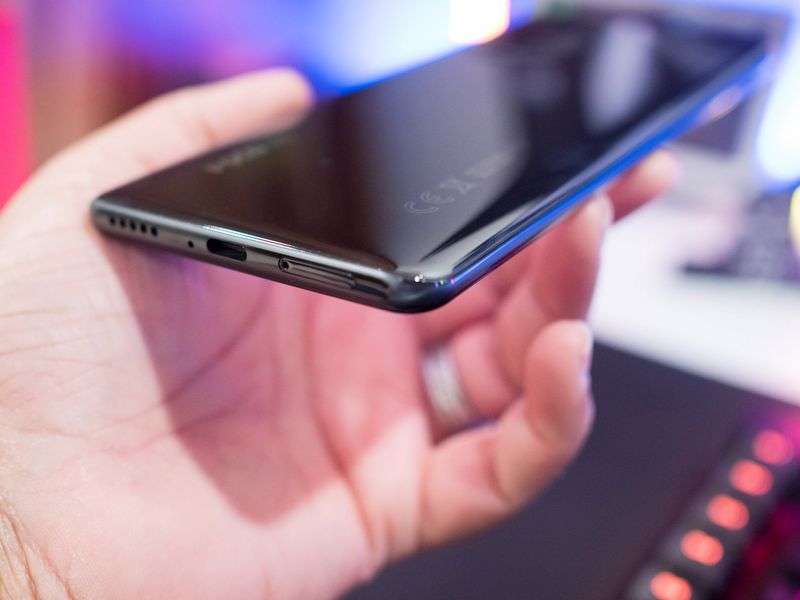
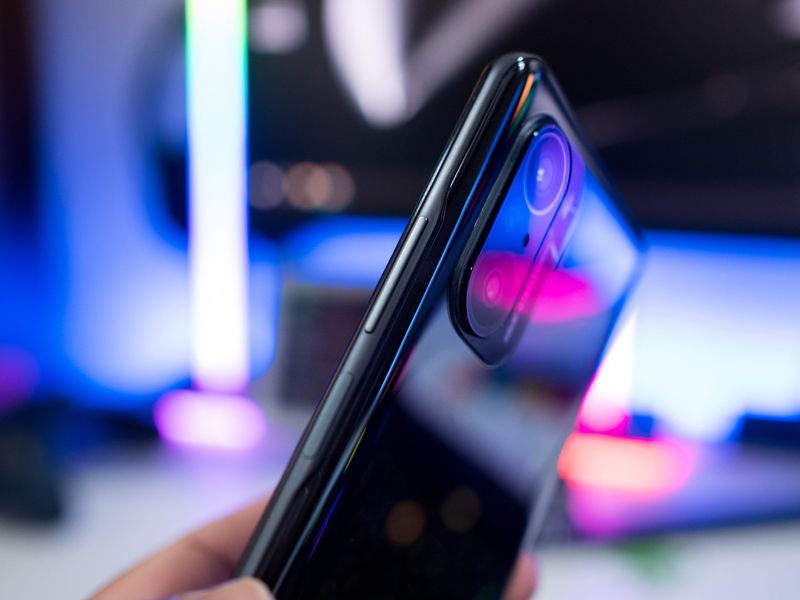
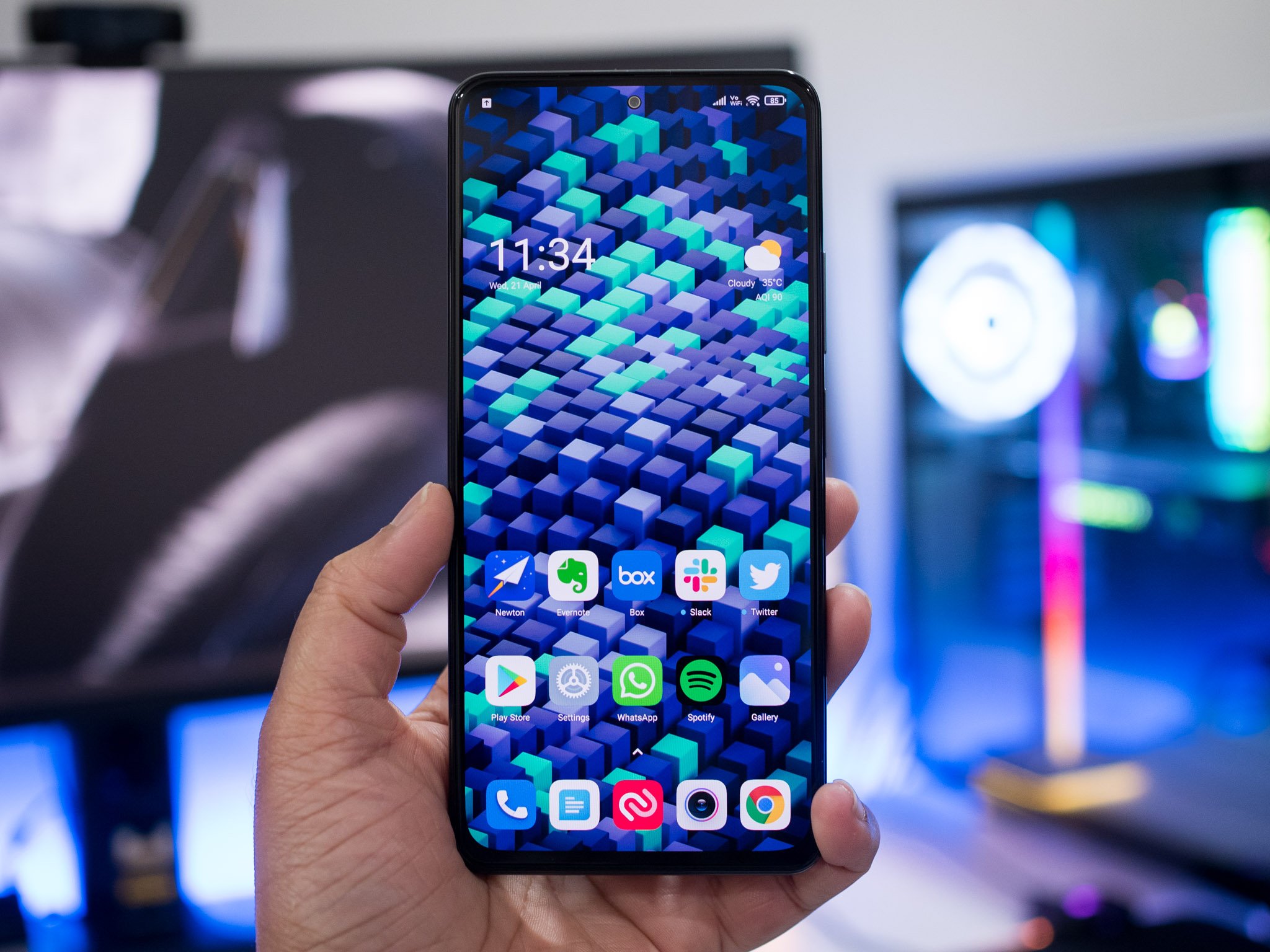
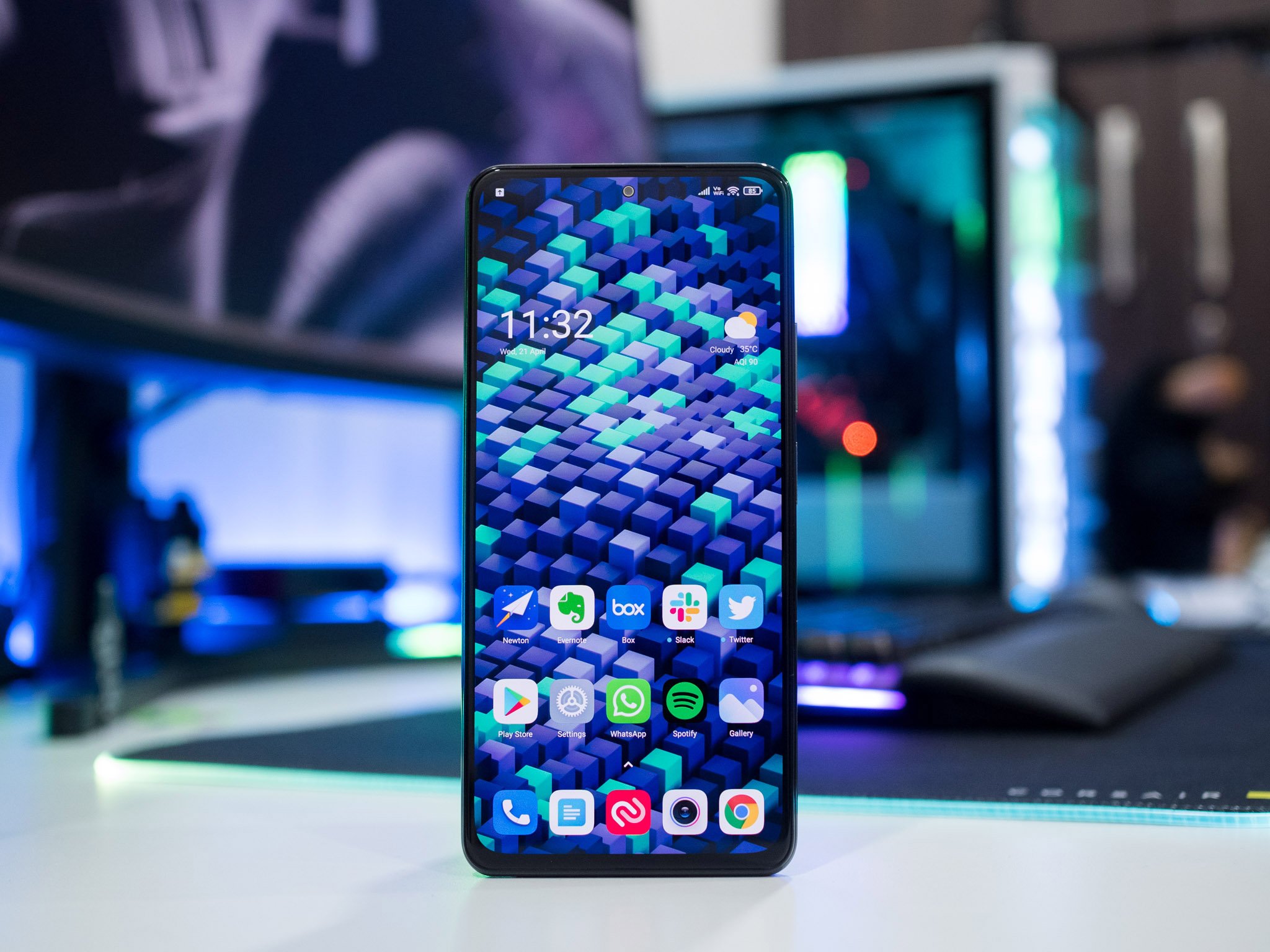
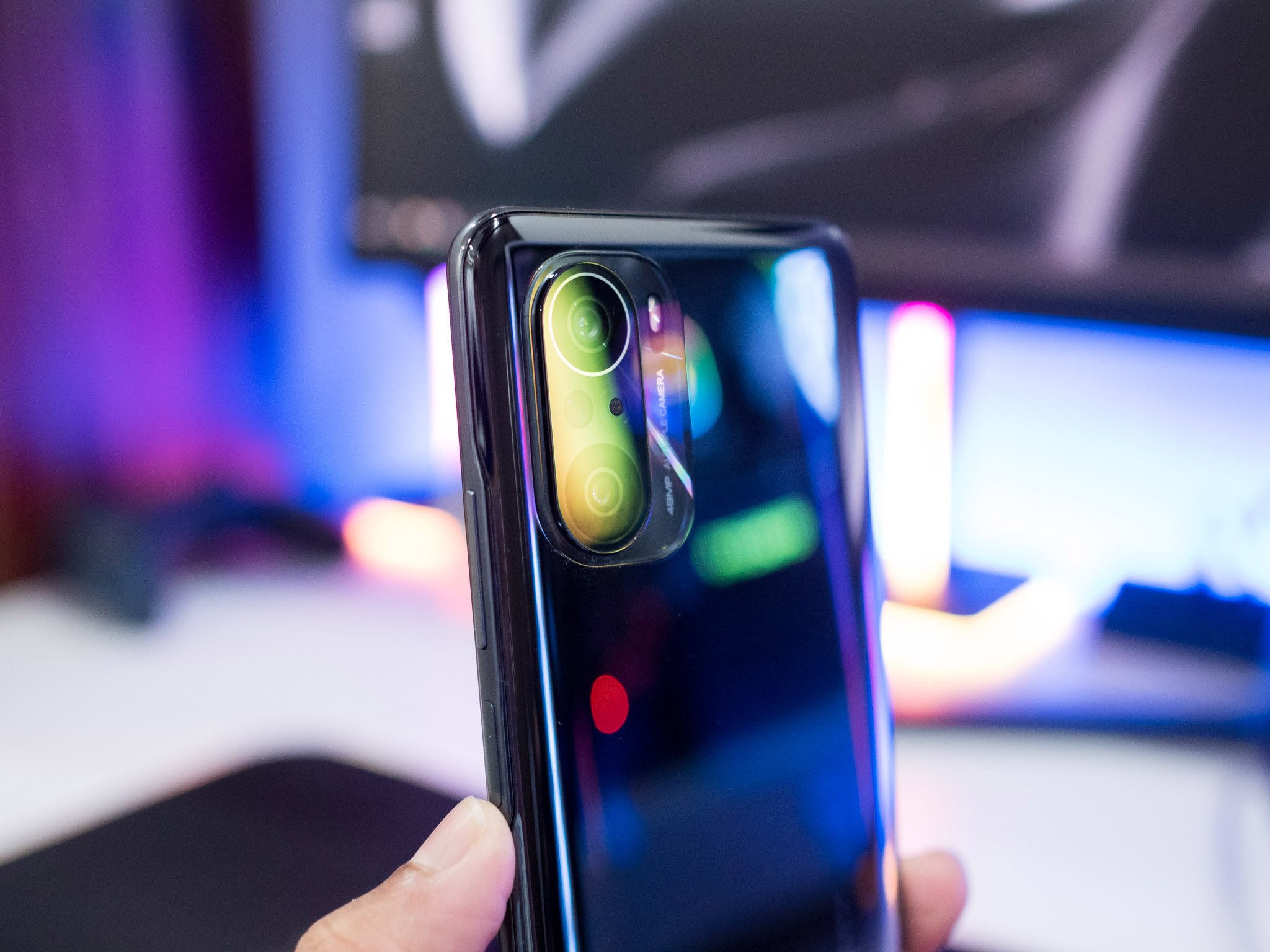
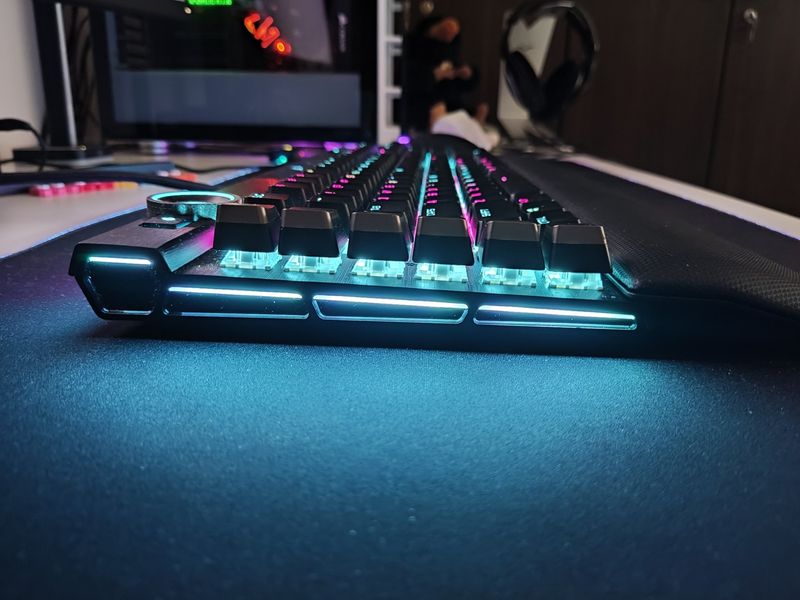
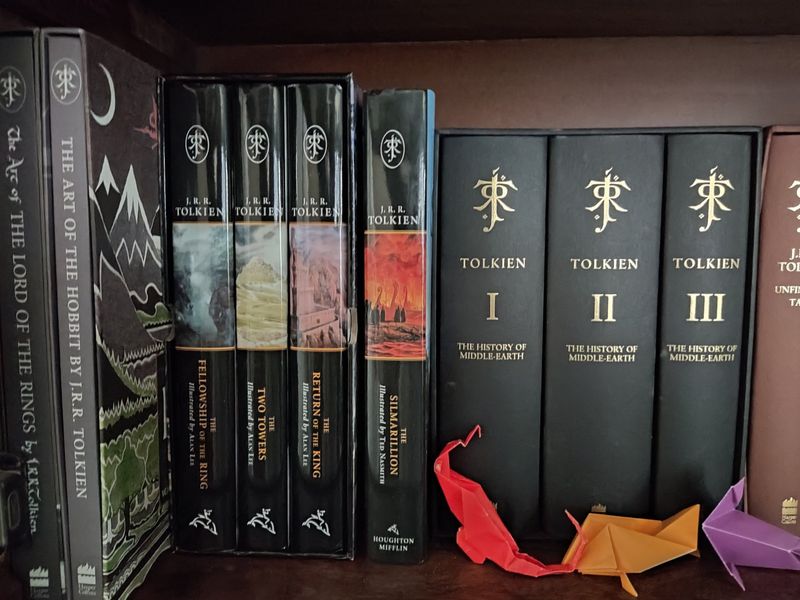

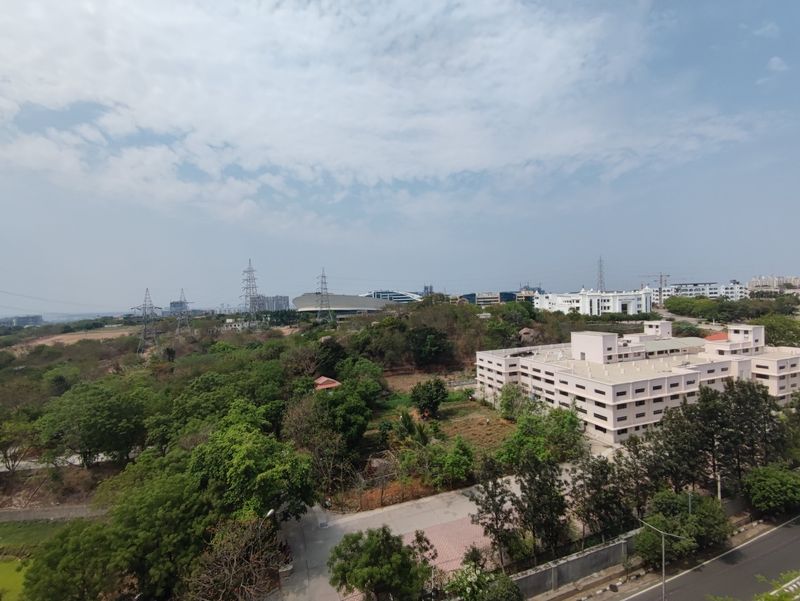
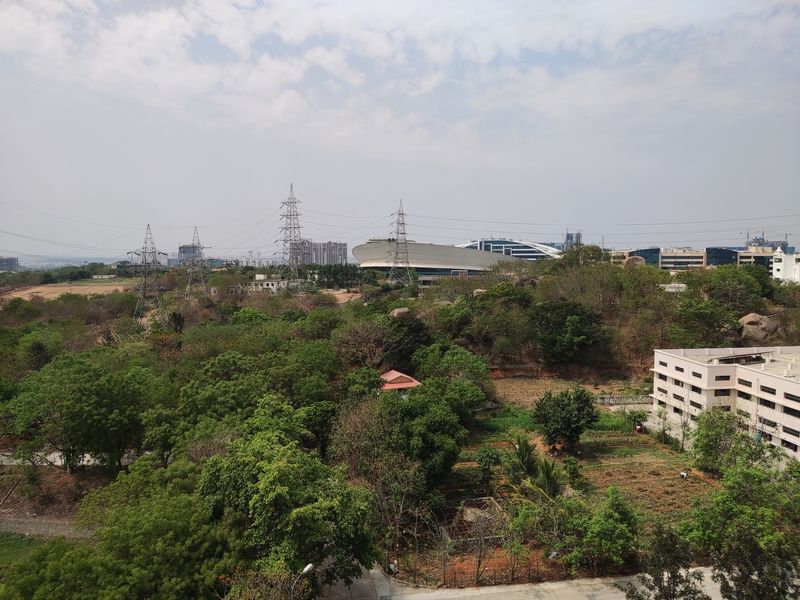
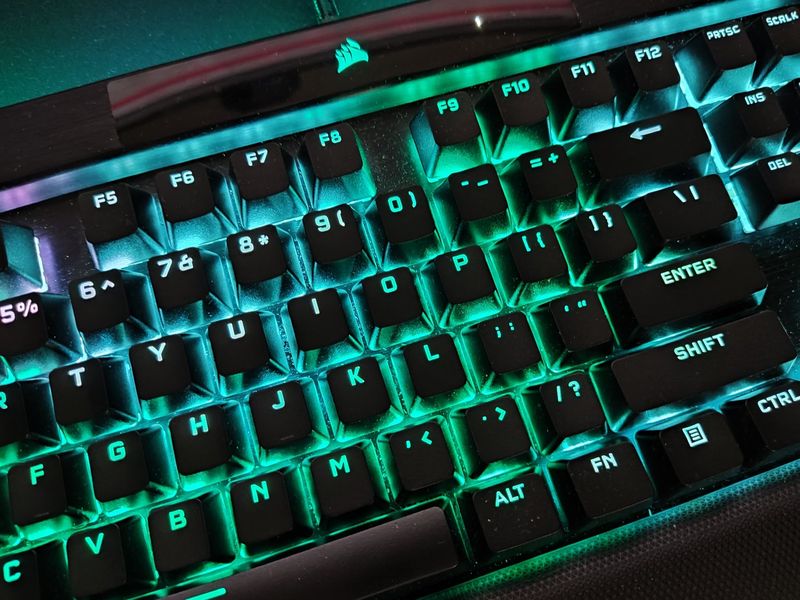
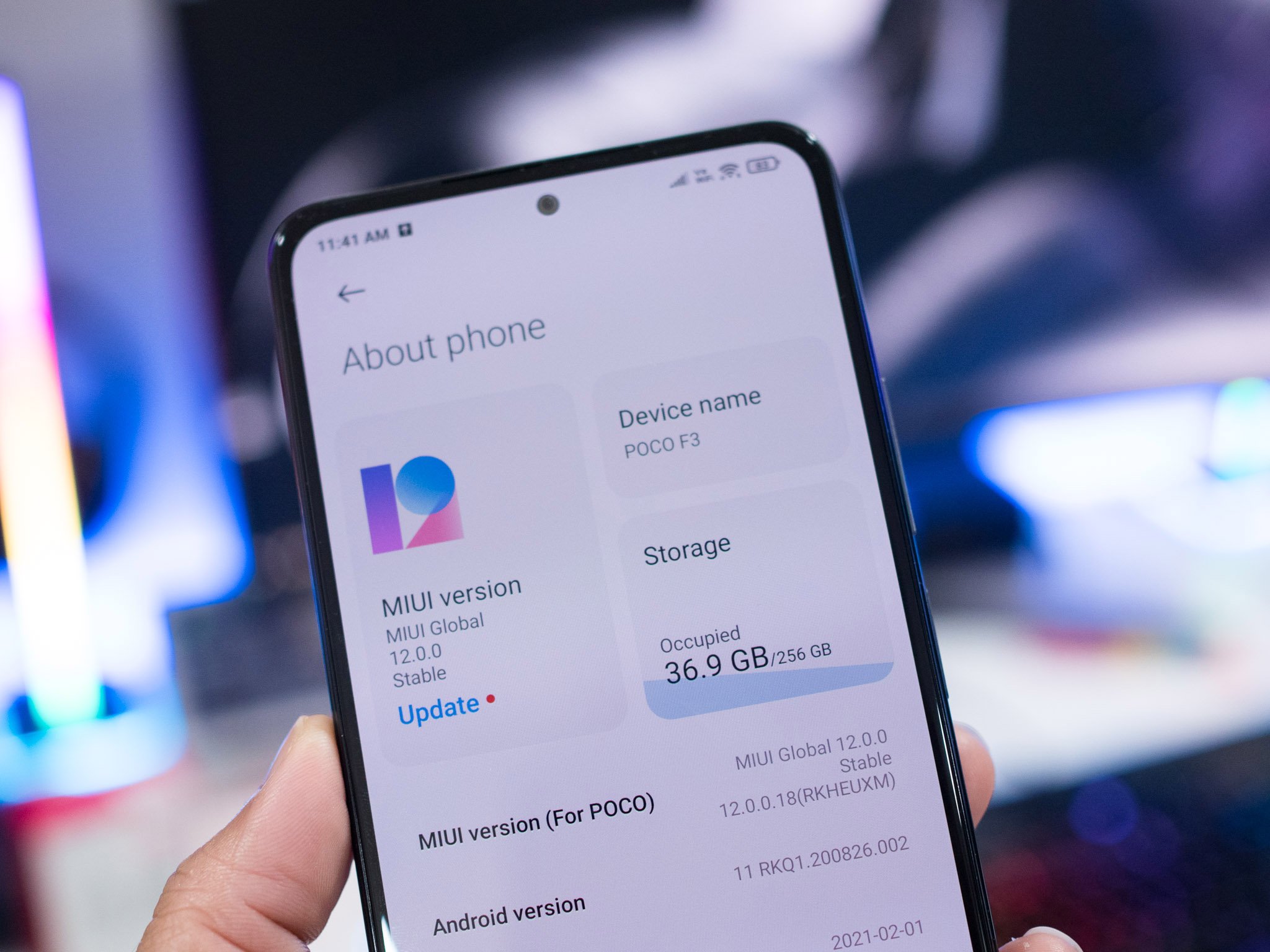
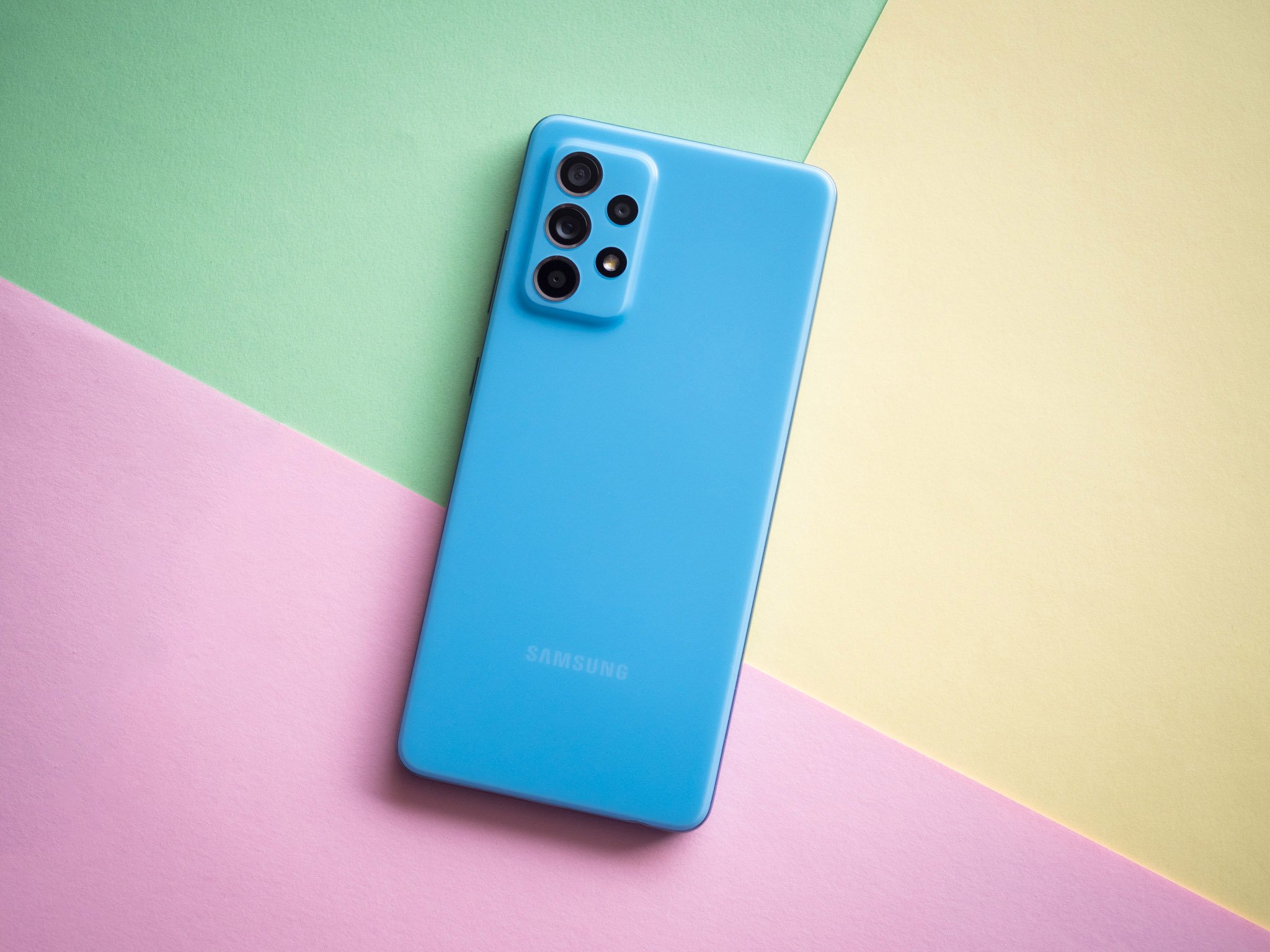
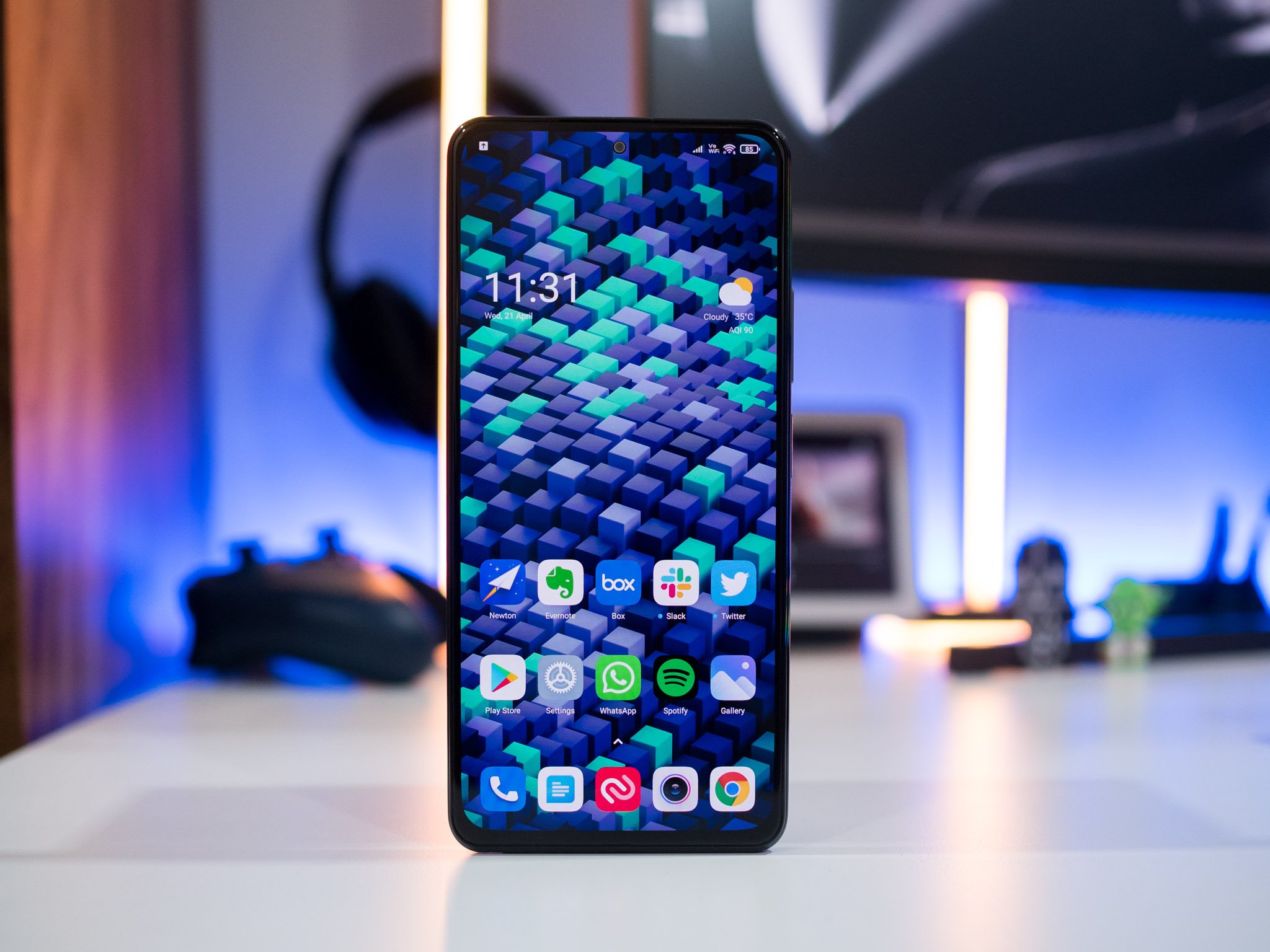
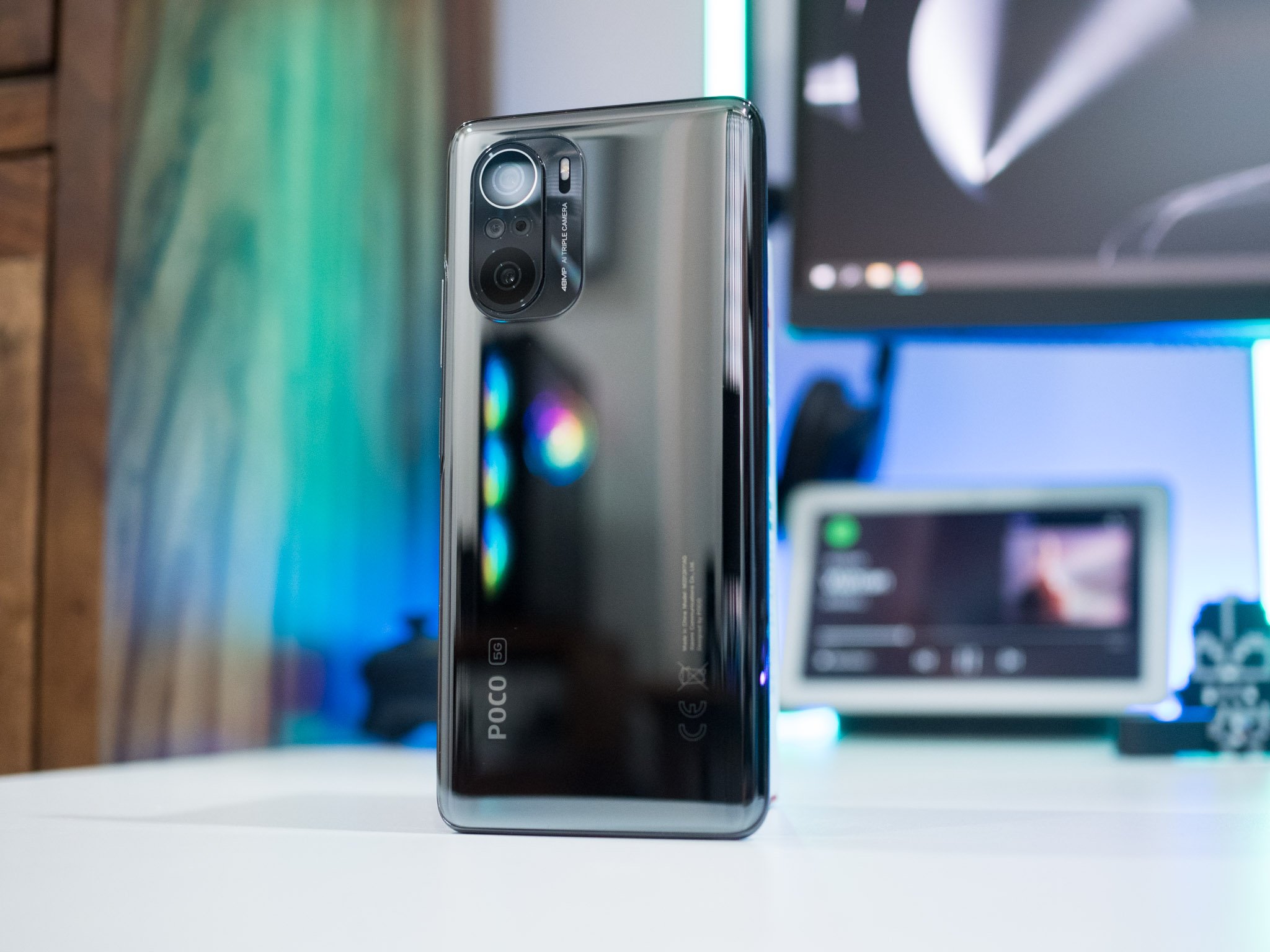
Aucun commentaire:
Enregistrer un commentaire